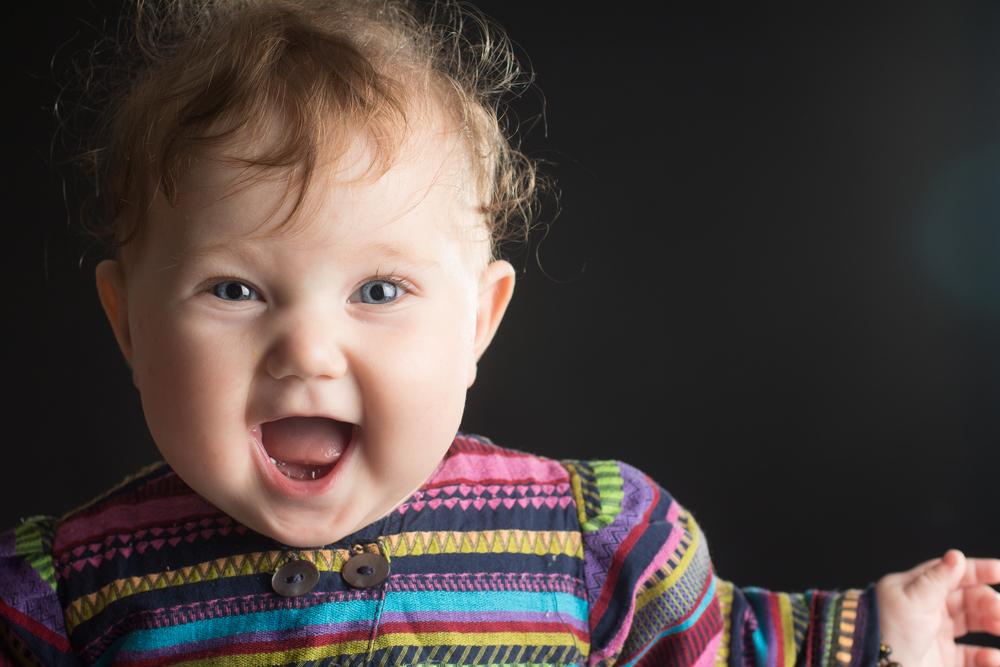A Picture Paints A Thousand Words: Using Images in Blended and Online Learning
Allyson Giel. Associate Lecturer Open University
H818 Networked Practitioner Conference
Thursday 13th February 2020 @ 10.50 – 10.55
We live in an increasingly visual world. Jean Baudrillard (1994) argues that we live in a world that consists entirely of images, generated by the mass media that effectively constitute the reality in which most people live. For example, Facebook alone absorbs 300m images a year (Cuthbertson et al, 2015) and in 2008, 91 million users on You Tube watched 5 billion user made videos (Weller, 2011). However, the use of images in education remains a neglected area of practice, research and scholarship. Overall, there is a predominance of written language and text in teaching and learning. Therefore, are we out of step with our students’ experiences and skills of digital and visual literacy? Images can be used to great effect in blended and online learning, so by neglecting images are we missing opportunities to for students to develop new skills and build on existing skills? Images are widely available and can be freely available, cheap, easily reproduced, shared and stored. So, why not use them?
This presentation will share the findings of a project aiming to redress the imbalance between text and images within an interdisciplinary blended and online learning module on childhood offered by the Open University, by increasing the use of images and reducing text in face to face and online tutorials. Although the module materials contain a wide variety of images both on and off-line, they remain embedded within written materials and as such are isolated/disjointed/separate from tutorials which preference text. Images from within the module materials and representing the concepts/theories within the module materials with rights clearance and freely available under Creative Commons license were included in multimedia designs of power point presentations, rather than text, for students attending face to face and online tutorials. Subsequently, comparisons were drawn between students attending multimedia tutorials and non-attenders for use of module materials within assessment.
This presentation will include a snapshot of the images used within this project to illustrate the discussion and highlight the findings which reflect the potential of images to impact on the student imagination, memory and recall of information, reflected in assessment and achievement.
This presentation will share learning about the importance of constructing multimedia materials to include careful selection of images with regard to the organisation and integration of images within module materials, face to face and online learning. As well as the importance of provenance of images and permissions within open education and ethical issues associated with the reproduction and display of images. Finally, the potential of images to provide information in an accessible way, a picture really can say a thousand words, cognizant of student abilities, previous experience and reach the student imagination.
The findings will be of interest to anyone in higher education and blended and online learning who is interested in not reading from power points, providing effective, stimulating, meaningful and engaging learning experiences and seeking alternative and innovative ways to reach out to the ‘net generation’ in line with the principles of open education, student experience and expectations.
References:
Baudrillard, J. (1994) Simulacra and Simulations (first published in French in 1985), Ann Arbor, MI, University of Michigan Press.
Cuthbertson, R., Furseth, P. I. & Ezell, S. J., (2015) Innovating in a Service-Driven Economy: insights, application and practice. London: Palgrave Macmillan.
Weller, M. (2011) The Digital Scholar: How Technology is Transforming Scholarly Practice. Bloomsbury. London

Hi Allyson
Here are the questions and comments from your conference presentation – please respond in whatever way you wish!
Best wishes
Simon
– Wow – excellent image of behaviourism. I think this should be the first lesson for all students trying to get to grips with this theory.
– isn’t one of the qualities of an image is that there is not wrong answer and lots and lots of right ones?
– using an image to start a discussion can lead into all sorts of interesting ideas – I’m not surprised it trigged lots of chat in the tutorial.
– For online tutorials did you include who had viewed the tutorial recording as well?
– It’s hard to separate out the impact of images given that more engaged students will usually do better anyway. Would be interested to see a control group of two tutorial groups – one with images and one without
– Studies of iconography would be quiet relevant to this topic
– It sparks imagination which is also what leads to understanding? Great, Allyson!
LikeLike